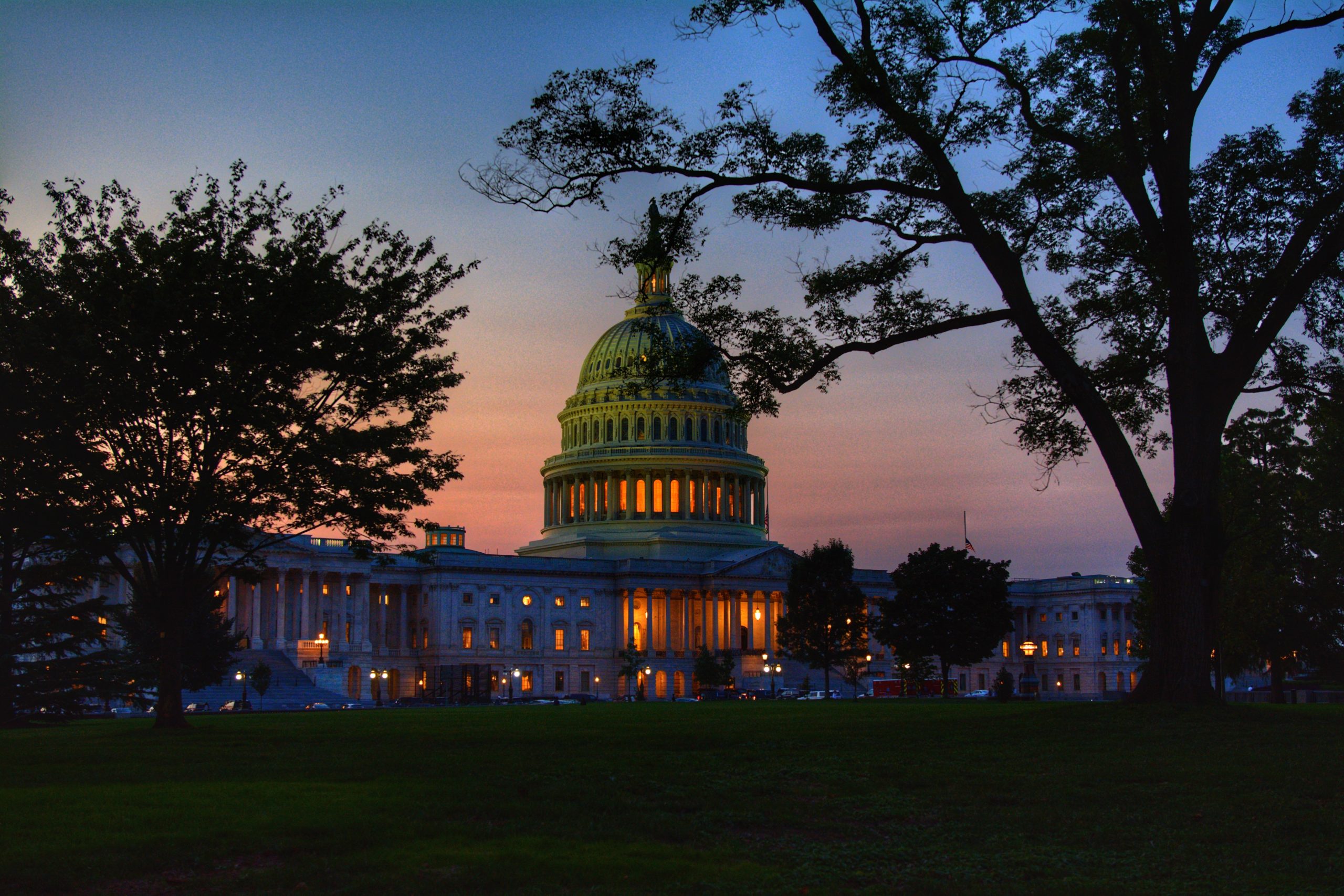Welcome back to Visalaywerblog! In this blog post we share with you an interesting new piece of legislation that will have a profound impact on the visa quota system for family-based and employment sponsored immigration.
The Fairness for High Skilled Immigrants Act (S. 386) was unanimously passed by the U.S. Senate on December 2, 2020 and sent back to the House of Representatives for approval.
At its core, the bill seeks to eliminate per-country numerical limitations for employment-based immigrants and increase per-country numerical limitations for family-sponsored immigrants.
Previously, the House of Representatives had passed its own version of the bill, but it has since been amended substantially by the Senate.
Amendments were added to Sections 8 and 9 of the bill. These changes are in addition to those amendments previously introduced by Senator Grassley on H-1B visas, Senator Perdue creating a set aside for Schedule A health care professionals and their family members, and Senator Durbin’s amendments which include a delayed effective date of the bill, transition periods for EB-2 and EB-3 immigrants, early adjustment filing provisions, and an age out protection for children.
What does the December 2020 version of this bill look like?
Among its major provisions are the following.
Green card reforms:
- The bill would phase out employment-based per county limits on green cards: The main purpose of the legislation is to treat all employment-based immigrant visa applicants on a first-come, first-served basis without regard to birthplace. Under current law, immigrants from no single birthplace can receive more than 7% of the total number of immigrant visas or green cards issued in a year unless they would otherwise go unused. The effect of this provision is that while Indians are half the skilled employer-sponsored applicants, they receive just 10 percent of those green cards and—as a result—are nearly 90 percent of the backlogged applicants.
- The bill would provide for an 11-year phase out period: The bill’s green card changes would take effect on October 1, 2022. For the EB-2 and EB-3 categories for non-executive level employees of U.S. businesses, the bill guarantees immigrants which are not from the top two origin countries (India and China) a certain percentage of the green cards for 9 years: year 1 (30%), year 2 (25%), year 3 (20%), year 4 (15%), years 5 and 6 (10%), and years 7 through 9 (5%). No more than 25 percent of these “reserved” green cards can go to immigrants from any single country. No more than 85 percent of the other “unreserved” green cards can go to a single country (India). In addition, a minimum of 5.75% of all EB-2 or EB-3 green cards will go to immigrants from these non-top 2 countries for 9 years prioritizing spouses and minor children of immigrants already in the United States and immigrants awaiting visas abroad.
 Visa Lawyer Blog
Visa Lawyer Blog




